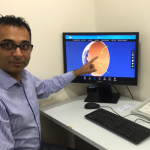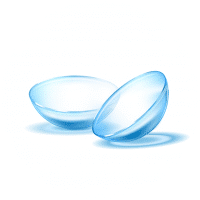Pre-screening is where an Ophthalmic Assistant takes measurements of your spectacles and guides you through some tests which will be provided to the Optometrist.
1 – Non-contact Tonometry
A no touch tonometer is used to measure the pressure inside the eye. It is an important test used in together with other tests to help detect glaucoma. The machine blows a gentle puff of air into your eyes.

2 – Autorefraction
The autorefractor is a clever machine that provides an estimate of your optical prescription. It is used as a starting point when determining your exact optical prescription with the Optometrist.

3 – Focimetry
This precision machine can calculate the prescription in your current spectacles. If this is your first time to EYETECH, we will use these results to tell you if your prescription has changed so you can decide if you want to update your glasses.

4 – Vision Field Assessment
A visual fields analyser measures your field-of-vision. The visual field can be affected by conditions like glaucoma, retinal detachments and neurological diseases.

The Eye Examination
The actual eye test takes place in one of our state-of-the-art consulting rooms. Here, you will be examined by one of our highly qualified Optometrists. Relax, this is the time to ask any questions, all our Optometrists are friendly and take pride in delivering a detailed, professional eye examination.
1 – The Reason for your Visit
Your Optometrist will ask a number of questions about your vision and other symptoms you may be experiencing. He or she will also ask about your general health, previous surgery, medications and family history of conditions like glaucoma. It’s a good idea to bring a list of your medications and any glasses you use regularly.
2 – Eye Movements & Pupils
Both eyes work in a precisely co-ordinated manner. Eye movements and eye muscle balance tests provide valuable information about eye strain. Eye movement and pupil refexes are important neurological tests.
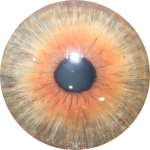
3 – External Eye Examination
Examination of the outside of your eyes allows the Optometrist to diagnose a variety of conditions ranging from dry eye to cataracts. Examination is performed through a specialised microscope called a Slit-lamp.
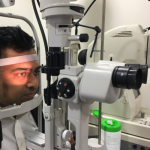
4 – Internal Eye Examination
Using the same microscope and an accessory lens, the Optometrist will examine the back of your eyes. Here’s where we are able to check the optic nerve, macula and retina.

5 – Refraction or the Eye Test
Accurate assessment of you optical prescription is essential for clear comfortable vision. Most people think of this as the actual eye test. At EYETECH all our consulting rooms are equiped with computerised vision charts and also computerised phoropters. The phoropter avoids the need for the age-old, heavy frames and manual optical lenses. It means you can appreciate the effect of lens changes more easily.
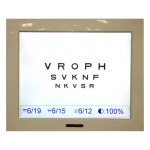
6 – Summary
At the end of every examination our Optometrist will explain his or her findings. We don’t just do this verbally, we use a state-of-the-art 3D computer model to explain everything. Often we will send you an SMS or email so you can watch patient education animations relating to the discussion with the Optometrist.
